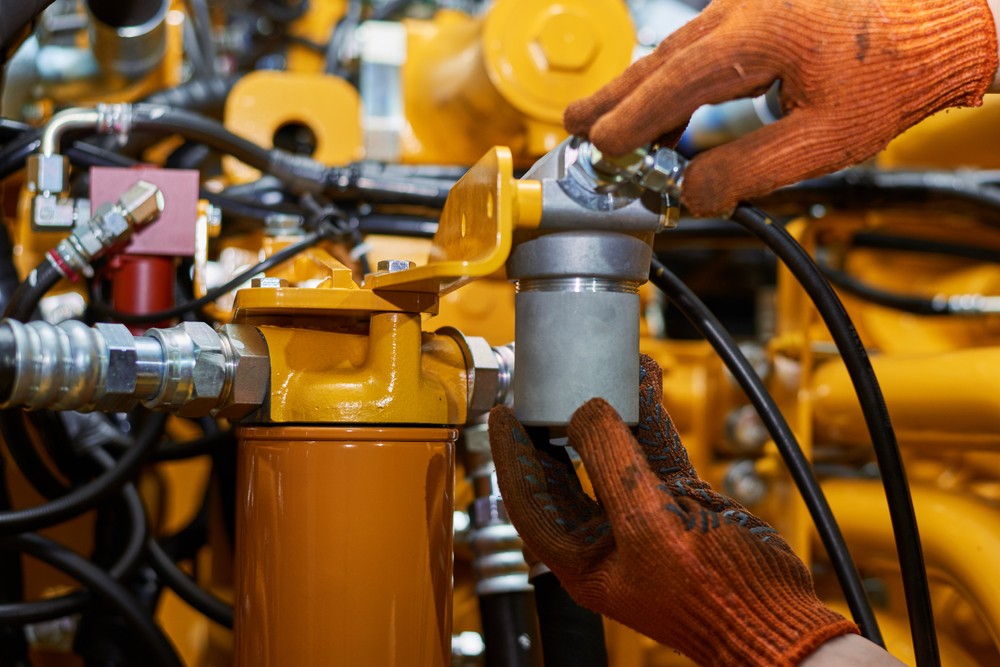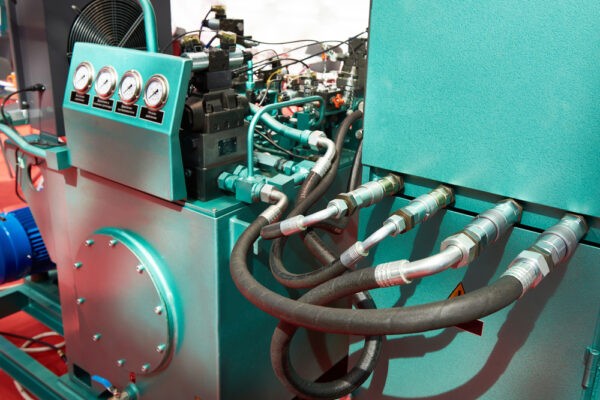What You Need To Know About Tolerance in Hydraulic Systems

When you’re repairing and maintaining hydraulic systems, ensuring the proper tolerance is key in getting your equipment back into the field and having it operate reliably. But what is tolerance, and how does it impact the functionality of critical hydraulic systems? Let’s explore this concept to understand why it requires such meticulous attention from hydraulic repair professionals.
What is tolerance in hydraulic repairs?
In hydraulic systems, tolerance is the acceptable range of variation in component values from the actual to specified quantities. For example, the allowable operating pressure range for a valve might be 1,000-1,200 pounds per square inch (psi), but the current pressure load may be 800 psi due to a leak. This is important because hydraulic systems operate under high pressure, and even slight deviations from the appropriate tolerance can cause decreased performance or even catastrophic failure.
During a hydraulic system repair, verify all components are within the proper tolerances. These are typically identified by the manufacturer and will depend on the materials, the manner in which the component was made, and its intended use. Tolerance checks should be conducted using precision measuring tools and following the manufacturer’s instructions.
Types of tolerances in hydraulic systems
Many different types of tolerances must be considered in a complex hydraulic system. Generally speaking, anything with a specified operating value or rating comes with a tolerance. Examples include:
- The clearance between moving parts guarantees sufficient space for components to move freely without friction.
- The diameter of hydraulic lines must be the correct size to fit connectors and components.
- Seal thickness contributes to a strong seal against leakage, which can prevent pressure loss.
- The curvature radius of hydraulic hoses ensures hoses are the right fit for connectors and components.
A hydraulic specialist will take measurements during servicing to check component tolerances and confirm they are within the acceptable operating range. If excesses are found — above or below tolerance thresholds — it signals the need for equipment servicing or component replacement.

What happens outside of acceptable tolerances?
Hydraulic equipment requires precision care and maintenance to stay functional, reliable, and safe. Without proper care, small problems can snowball into larger concerns — especially as core operating standards fall further out of tolerance.
Consider a hydraulic hose that becomes crimped beyond its acceptable curvature. While rated for a 60-degree bend, it may accidentally be warped to 75 degrees. As a result, the pressure controlled by the hose becomes much higher than the rating for the hose, which further stresses the connectors attached to it. As more variables are stressed out of tolerance, the risk of equipment failure and safety issues rises.
The bottom line is, tolerance ratings are critical benchmarks not just for efficient operation but for safety and equipment reliability. Keeping components within tolerance is an essential part of responsible operation.
Make hydraulic inspection a priority
The easiest way to ensure your hydraulic components are aligned to acceptable tolerances is through routine inspection and assessment. Have the benchmark standards for equipment and components ready and create processes for quickly assessing and addressing any deviations from the norm. When it comes to hydraulic systems, being proactive and responsible is paramount.
